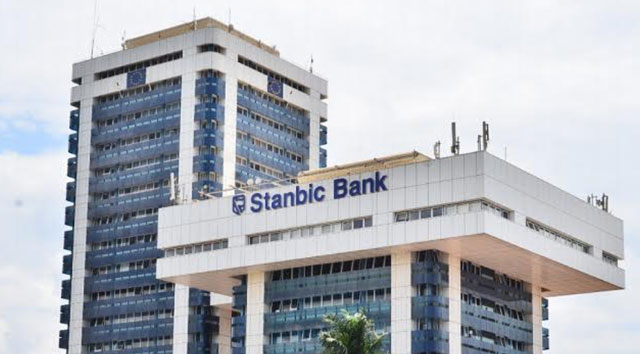
Kampala, Uganda | JULIUS BUSINGE | During October, Uganda’s private sector reported that improving customer demand fed through to increases in output and new orders, with employment and purchasing activity raised accordingly.
However, higher building material and fuel costs added to inflationary pressures, in turn feeding through to an increase in selling prices.
At 52.4, the October Stanbic Purchasing Managers’ Index (PMI) reading was below September’s 52.9, but broadly in line with the average 52.6 since the survey began in mid-2016.
Christopher Legilisho, Economist at Stanbic Bank said, “Uganda’s October PMI indicated a further improvement in private-sector activity, with both output and new orders rising for a fifteenth consecutive month due to solid client demand. Private-sector hiring increased for a seventh month running, with firms having hired more staff on permanent and temporary bases to handle increasing orders and purchasing activity as well as to reduce backlogs.”
The Stanbic Bank PMI is compiled by S&P Global from responses to questionnaires sent to purchasing managers in a panel of around 400 private sector companies.
The sectors covered by the survey include agriculture, mining, manufacturing, construction, wholesale, retail and services.
Legilisho said, “Of the surveyed sectors, only the wholesale and retail sectors recorded a dip in employment, new orders and output. Still, business confidence is high across the sectors on the outlook for customer demand and output over the next 12 months.”
He said besides the agricultural sector facing difficult terrain, a further downside was input and output prices rising in October due to higher costs for a range of products and services as well as higher staff costs.
Operating expenses increased on the back of higher purchase prices (often linked to fuel), wage bills and construction material costs. In turn, companies raised their own charges, thereby extending the current sequence of output price inflation to seven months.
 The Independent Uganda: You get the Truth we Pay the Price
The Independent Uganda: You get the Truth we Pay the Price


